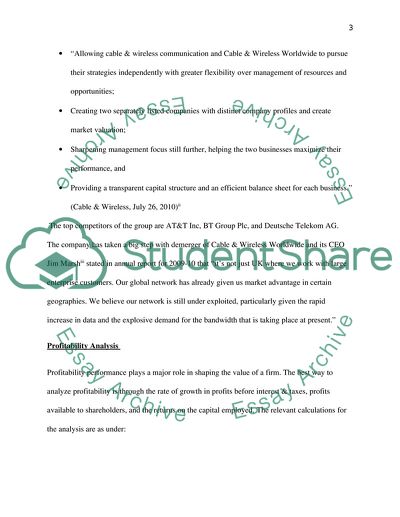Cite this document
(Investment Analysis Report on Cable & Wireless Group Research Paper, n.d.)
Investment Analysis Report on Cable & Wireless Group Research Paper. Retrieved from https://studentshare.org/finance-accounting/1740375-investment-analysis-report-on-cable-wireless-group
Investment Analysis Report on Cable & Wireless Group Research Paper. Retrieved from https://studentshare.org/finance-accounting/1740375-investment-analysis-report-on-cable-wireless-group
(Investment Analysis Report on Cable & Wireless Group Research Paper)
Investment Analysis Report on Cable & Wireless Group Research Paper. https://studentshare.org/finance-accounting/1740375-investment-analysis-report-on-cable-wireless-group.
Investment Analysis Report on Cable & Wireless Group Research Paper. https://studentshare.org/finance-accounting/1740375-investment-analysis-report-on-cable-wireless-group.
“Investment Analysis Report on Cable & Wireless Group Research Paper”, n.d. https://studentshare.org/finance-accounting/1740375-investment-analysis-report-on-cable-wireless-group.


